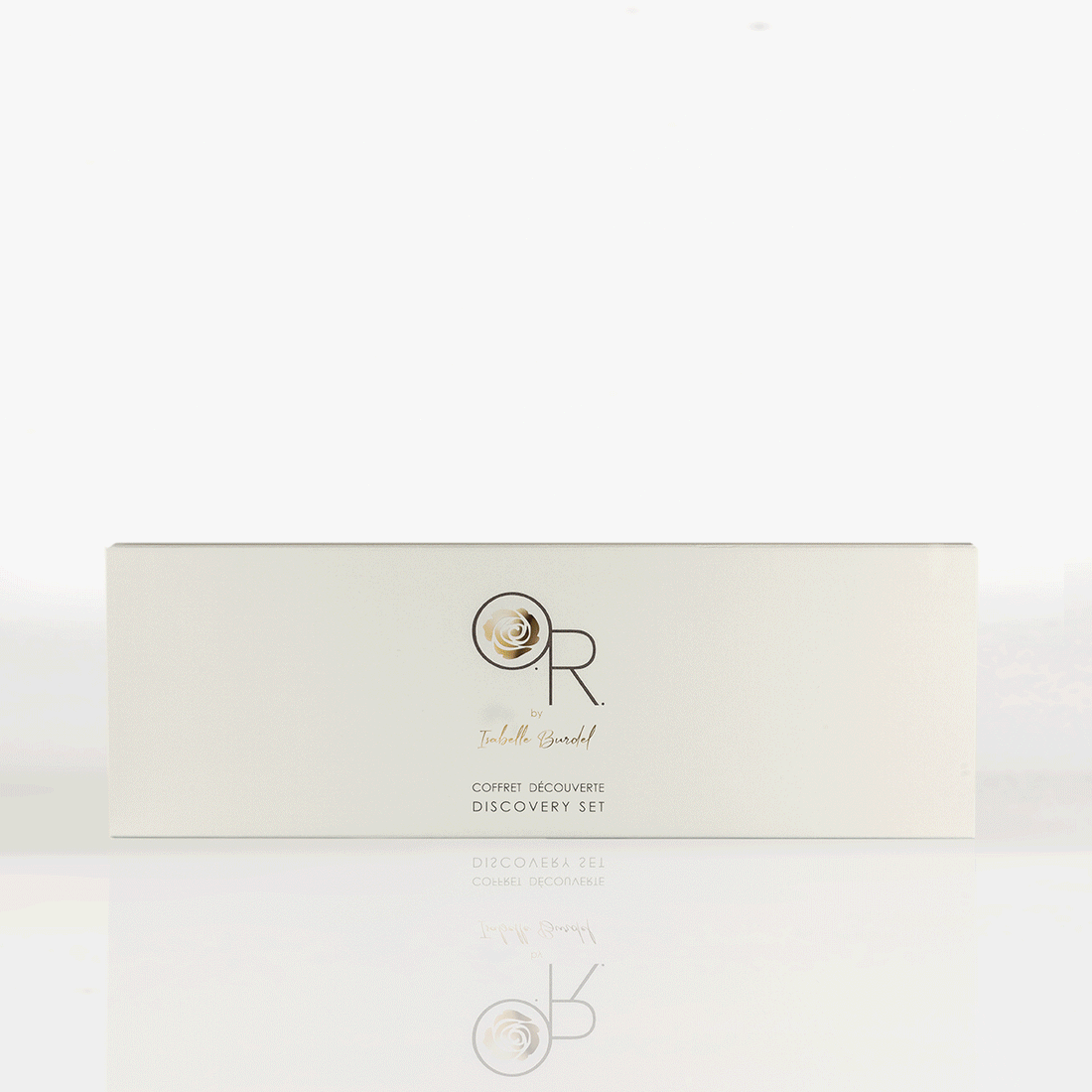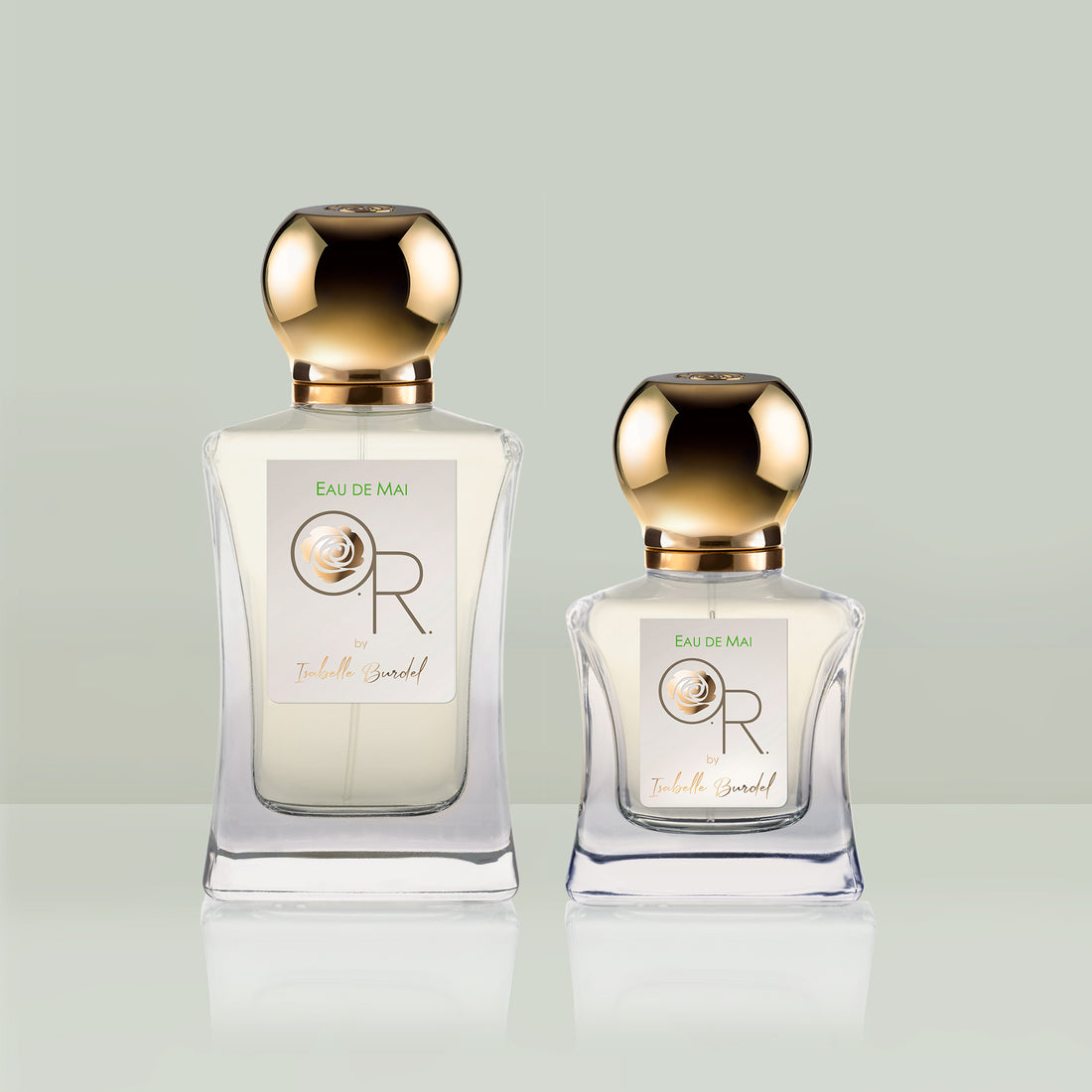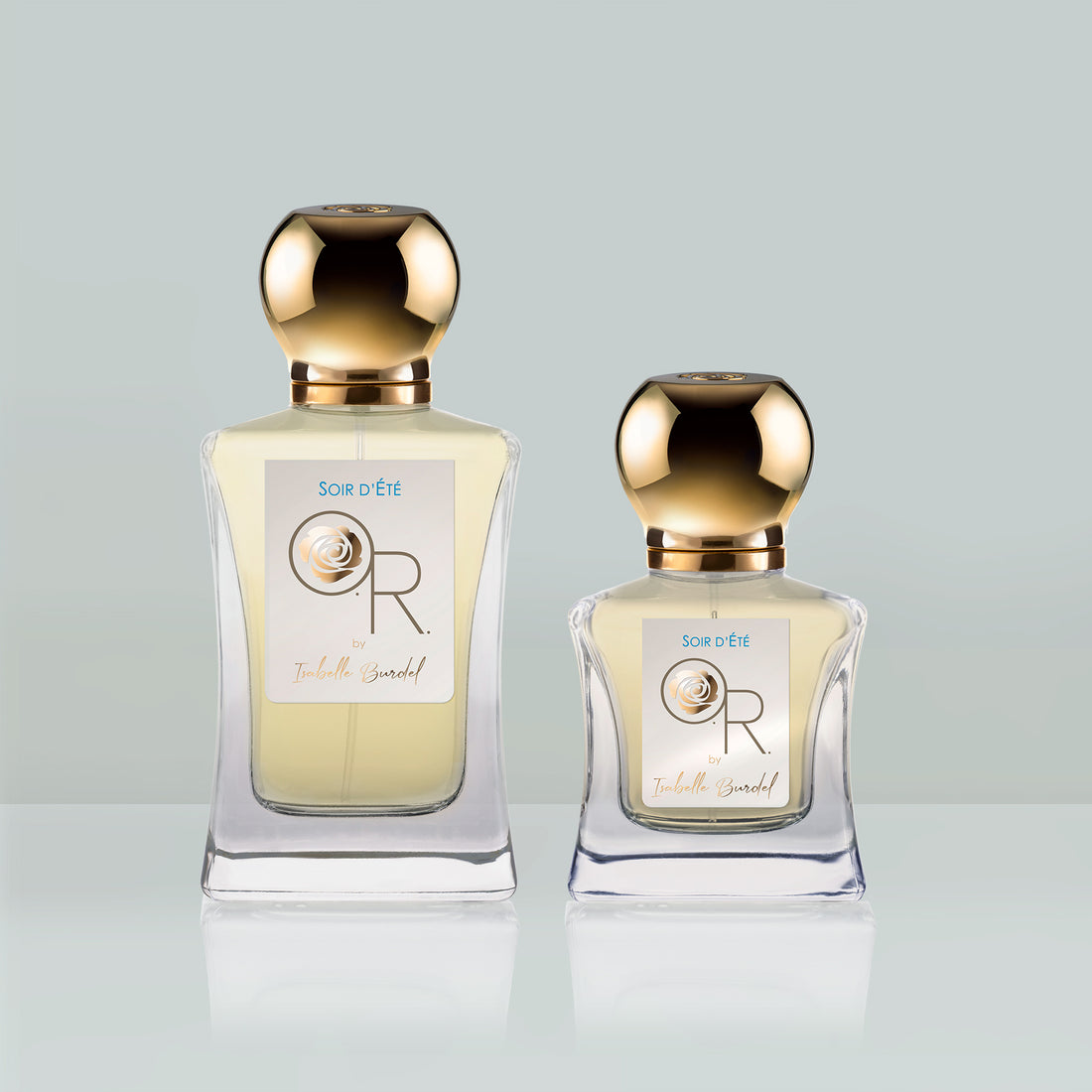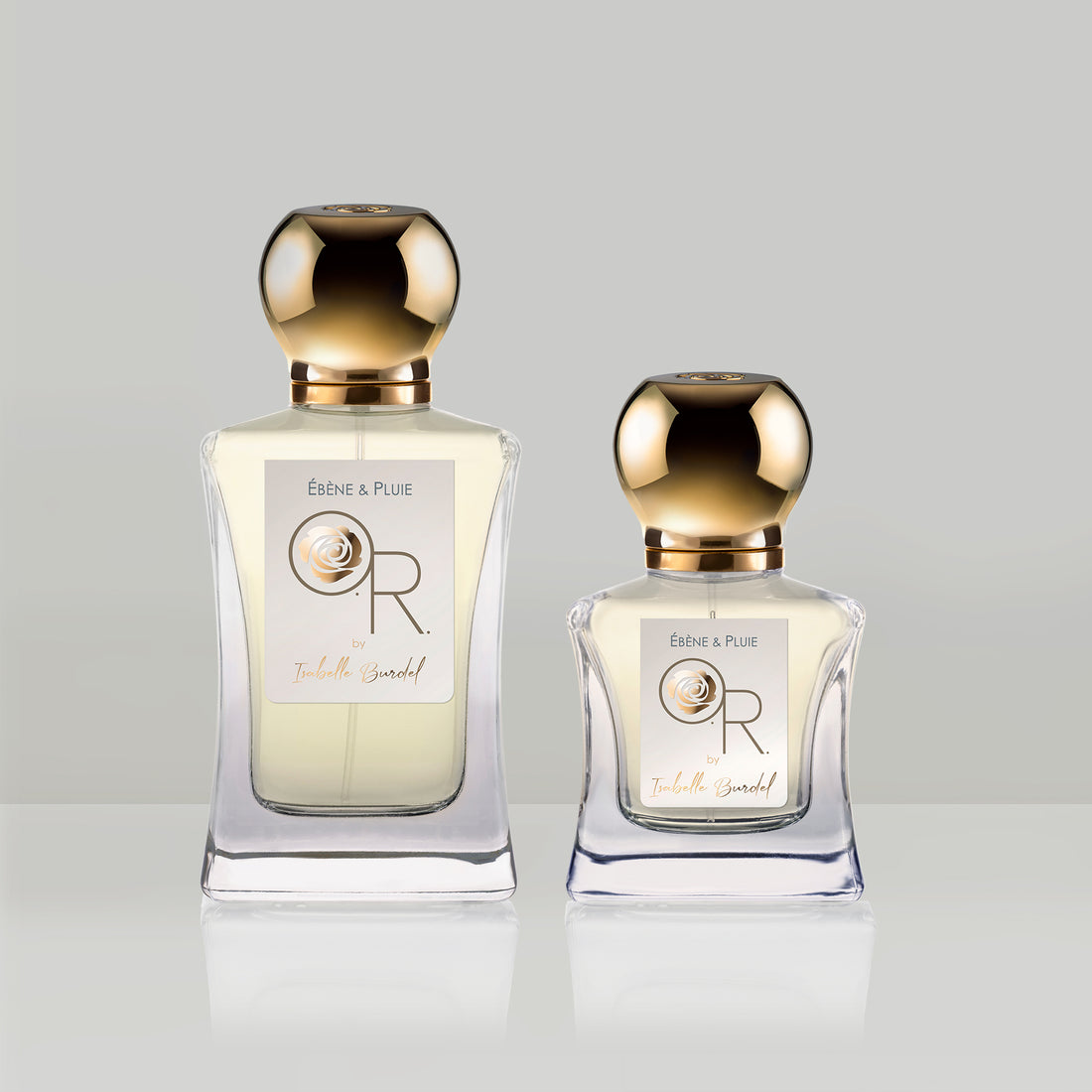A hard-to-contest truth in perfumery: France holds a special place in it. Just like gastronomy or the landscapes of certain regions, France stands out for its luxurious fragrances that have conquered the world for more than two hundred years.
But how can we explain this dominance, this even disproportionate influence, of French perfumery in the world? Whether it’s the brands, the perfumers, the ingredients, or even the iconic places of inspiration, France is almost omnipresent.
Let's take a closer look at the elements to shed some light on this — while trying to avoid any chauvinism!
French perfumery and its history
Saying that perfumery is a French invention would be false. Since Antiquity (and probably even before), humans have shown a taste for pleasant smells in various forms: fumigations, ointments, oils, waters, alcohol-based infusions... Egyptians, Assyrians, Hebrews, Greeks, Romans, Arabs... Many peoples had hundreds or even thousands of years to perfect the use of fragrant materials, long before the birth of French perfumery. The Egyptians embalmed their dead with perfumes, the Hebrews offered incense in the Temple of Jerusalem, and the Greeks and then the Romans did not hesitate to cover themselves with oils or bathe in scented waters. Throughout time, perfume has played the role of a spiritual connector, a source of comfort, care, or hygiene.In France, perfume was long confined within church walls — Christianity saw it as a symbol of seduction and forbidden pleasures, so it could only be used for sacred purposes.
The spread of distillation (from the 8th century) and the appearance of ethanol (13th century) contributed to the generalization of perfume use in France, often for therapeutic purposes, up until the French Revolution.
The town of Grasse symbolizes the birth of a new industry: from tanners, its craftsmen became perfumers, thanks to the plant essences they had grown accustomed to extracting to mask the bad odors of their leathers. Pleasant fragrances then spread to the royal courts in Paris.
From then on, perfume began to shed its functional roles (hygiene, medicine, and religion) to become an accessory of beauty, cleanliness, and luxury. French perfumery was about to be born.
The first French perfume houses
The first brands to launch sourced their materials from Grasse or established their own factories in the Paris region, catering to royalty and the aristocracy. This is how Oriza L. Legrand (1720), L.T. Piver (1774), Houbigant (1775), Lubin (1798), Guerlain (1828)... came into being.
These companies quickly expanded internationally, benefiting from the French colonial — and thus economic — expansion of the 19th century. Some were represented in the United States, South America, across Europe, even in India and Southeast Asia...
At that time, French perfumery distinguished itself by the extensive use of flower essences (rose, violet, jasmine, mimosa...), and a particular style began to take shape.
Revolution and progress in French perfumery
In the second half of the 19th century, a significant change occurred: scientific advances unveiled a new discipline, allowing for deeper exploration of the mysteries of nature: chemistry.
In addition to natural essences, directly extracted from plants, laboratories began offering innovative-smelling molecules — either isolated from nature or entirely invented. Perfumery would use these as a springboard, transitioning from craftsmanship to art.
The historical marker of these early days of modern French perfumery is Fougère Royale by Houbigant. Launched in 1882, its unprecedented combination of lavender and coumarin (a molecule with a scent reminiscent of almonds and hay) made this fragrance completely unclassifiable, thus inaugurating a new olfactory form: the “fougère” family.
Around the same time, Guerlain launched its version of the fougère, more androgynous, under the name Jicky (1889). French perfumery was showcasing its extraordinary vitality, its quest for modernity, moving away from the conventional florals of the early century.
The 1900s witnessed the explosion of this dazzling style of perfumery, blending flowers, citrus, spices, woods, perfumers’ bases, and synthetic molecules. Coty and Caron joined the ranks of the frontrunners, contributing to the creation of a rich, generous French perfumery that combined freshness with darkness to offer a unique and elegant signature.
Couturiers, catalysts of French perfumery
From the 1920s, a new category of brands began to experience growing success with their perfumes: fashion designers. Fashion, an ideal showcase for an invisible product, allowed for a vivid imagery to be applied to perfume, that eternal symbol of evanescence. Chanel, Lanvin, Jean Patou, followed by Rochas, Balmain, Dior, and finally Yves Saint Laurent... The list of fashion designers launching perfumes is endless and perfectly illustrates the resounding success of this internationally acclaimed marriage. With its ability to draw inspiration from iconic figures or evoke distant cultures or lands, French perfumery completed its ascent to nobility and now represents an ideal of elegance and good taste.
Diving into modernity
Starting in the 1960s, perfumery became even more industrialized and began to reach a much larger audience, the result of an economic prosperity that created a new social class eager to consume: the middle class. Above all, it modernized, democratized, and globalized. American perfumery entered the scene in the second half of the 20th century, with names like Estée Lauder, Clinique, and Calvin Klein, followed much later by Tom Ford.
However, the influence of French perfumery remained intact; major brands were acquired by large multinational corporations, which provided them with more resources and visibility, sometimes at the expense of their rarity.
Perfume is no longer the exclusive domain of France, as evidenced by its significance in Arab culture, for example. Yet even there, French brands enjoy an unparalleled aura, representing refinement.
French perfumery : constantly renewing
At the beginning of the 21st century, “prestige” perfumery (the major brands now present all over the world) began to lose momentum — focusing so much on image, the scent was lost. Small independent houses paved a new path: artisanal perfumery, returning to the essence and the core, where the focus must be on what's inside the bottle, not on the label attached to it. This “niche” French perfumery pays particular attention to the originality of the scent and the quality of the raw materials, two aspects that had been neglected in the whirlwind of economic globalization. Their olfactory style draws from historical perfumes while incorporating the olfactory wonders of modernity to imagine new timeless classics.As the world moves faster and faster, several of these brands are also being acquired by the same luxury conglomerates, once again smoothing out the olfactory uniqueness of the market.
In 2024, one must once again turn to free, independent, and unconstrained creators, who view perfumery both as an art and a craft — Isabelle Burdel is one such creator, freely offering innovative olfactory ideas through the Olfactory Revelation collection.






